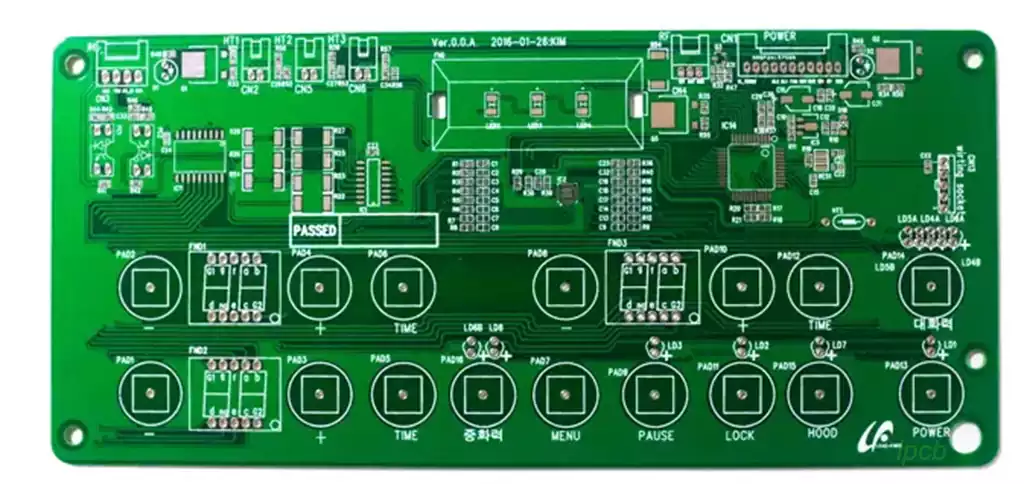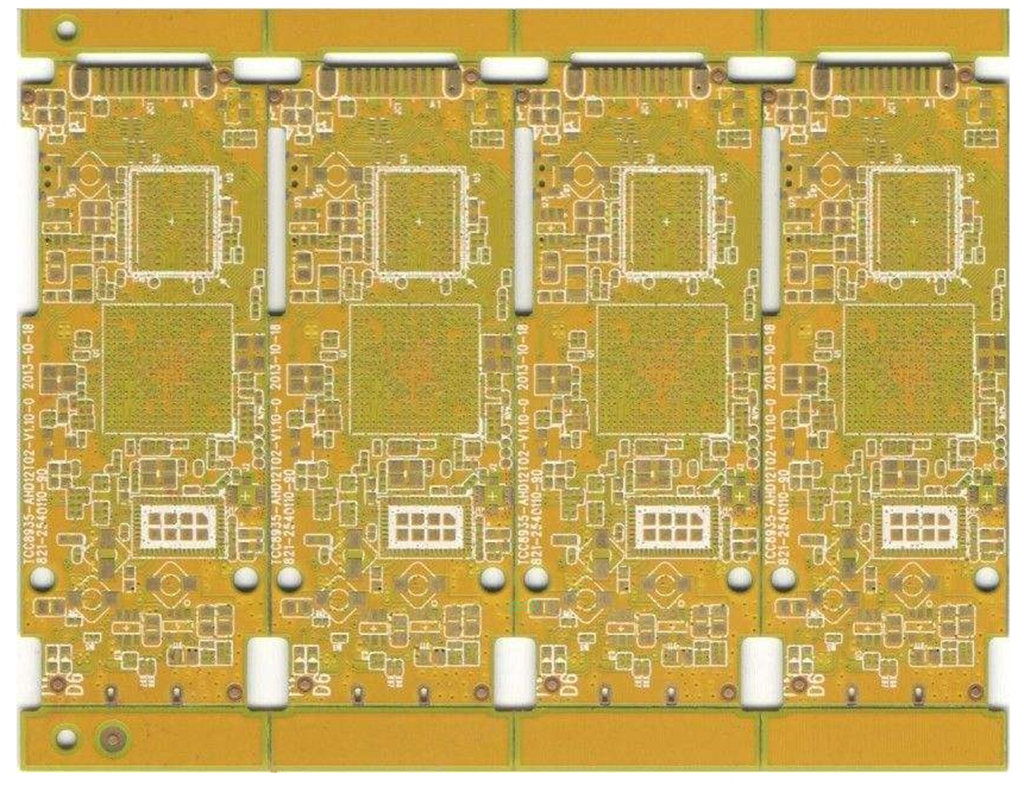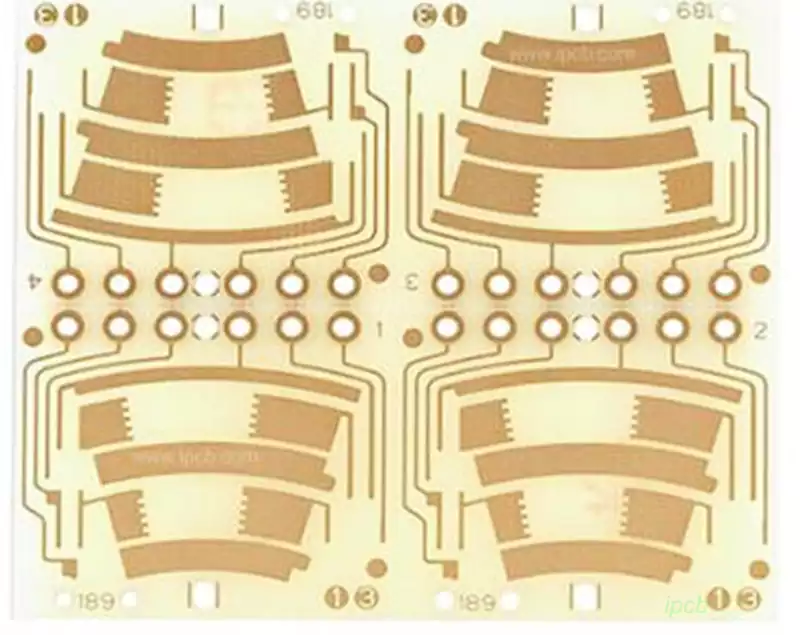FR4, a laminate based on glass fiber reinforced epoxy resin, is widely used in electronics. Its dielectric strength values typically range from 800v/mil to 1500v/mil, a key metric tested by subjecting FR4 to short high-voltage pulses at standard AC supply frequencies.
FR4 has excellent electrical insulation properties due to its outstanding dielectric strength. Depending on the fiberglass weave, resin and thickness, the dielectric strength of FR4 can reach 45-70 kV/mm. certain protective measures are required to ensure its safety. In addition, the coefficient of thermal expansion of FR4, i.e., the change in length of the material in response to a change in temperature, usually expressed in ppm/°C, is an important indicator for assessing its thermal stability. Meanwhile, the dielectric constant (Dk) of FR4 varies in the range of 3.8 to 4.8 MHz, which is a key parameter for measuring its effectiveness in storing electrical energy.
In electronics, the FR4 dielectric constant is a crucial performance parameter. Its dielectric constant is usually between 4 and 6, and this relatively high range of values makes FR4 play an important role in electronic circuit design. First, the high dielectric constant of FR4 helps to effectively isolate different signal lines in a circuit, thus avoiding signal interference. Secondly, a high dielectric constant also increases the capacitance value of the capacitor, which further enhances the circuit performance.

To gain a deeper understanding of the relationship between the dielectric strength and FR4 dielectric constant, we first need to clarify these two concepts. Dielectric strength is the ability of a material to withstand high voltages without dielectric breakdown. Dielectric strength is measured by placing a sample between electrodes and gradually increasing the applied voltage until dielectric breakdown occurs. The dielectric constant, on the other hand, is used to measure the effectiveness of an insulator in storing electrical energy. It is the ratio of the capacitance between two metal plates using insulating material as a dielectric to the capacitance between the same two plates using air or vacuum as a dielectric. The dielectric constant reflects the degree of polarization of the dielectric, i.e., the ability to bind charge. The higher the dielectric constant, the greater the ability to bind charge.
However, it is important to note that dielectric constant and dielectric strength are not always positively correlated. Although FR4 has a high dielectric constant, its dielectric strength is equally important. Dielectric strength is the maximum electric field strength that a material can withstand in an electric field. If the electric field strength exceeds the material’s dielectric strength, the material will experience electrical breakdown. The greater the dielectric constant, the greater the resistance of the material to the electric field, which also means the higher the dielectric strength of the material.
In addition, temperature is an important factor that affects dielectric properties. As the temperature increases, the intermolecular interactions weaken,resulting in lower polarization and lower dielectric constant. However, due to the increased molecular motion caused by the increase in temperature,breakdown is easy to occur under the action of the external electric field, and the dielectric strength will be reduced accordingly.Therefore, in practical applications,the effect of temperature on the dielectric properties of FR4 needs to be considered comprehensively.
FR4 as an excellent insulating material, has a wide range of applications in the electronic field. Its excellent dielectric strength and dielectric constant make it an ideal choice for electronic circuit design. By gaining a deeper understanding of the dielectric properties of FR4 and its influencing factors, we can better apply this material to improve the performance and reliability of electronic products.



